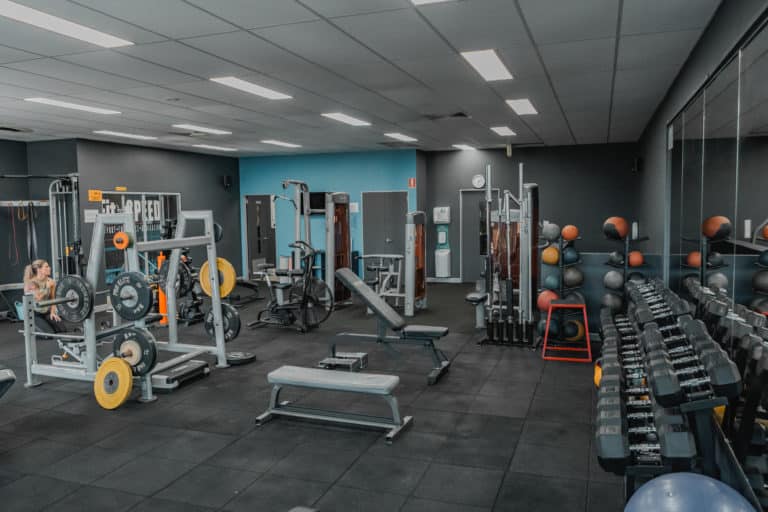The fitness industry is a dynamic and ever-evolving sector, driven by the fundamental goal of helping individuals achieve their health and fitness aspirations. Whether it’s losing weight, gaining strength, or boosting confidence, the journey to physical wellness is profoundly personal and challenging. However, an unintended consequence of the industry’s success in transforming lives is the creation of an environment that can appear intimidating to those on the outside looking in. The root of this issue lies not in the achievements themselves but in the way these successes are portrayed and perceived, particularly through the lens of social media.

For many, stepping into a gym or starting a fitness program is a significant psychological hurdle. This intimidation stems from a variety of sources: the fear of judgment, not knowing where to start, or feeling out of place among those who seem to have already achieved their fitness goals. The issue is exacerbated by social media, where success stories are abundant, showcasing dramatic before-and-after transformations, heavy lifts, or advanced yoga poses. While inspiring, these highlight reels often omit the struggles, setbacks, and the sheer amount of hard work and sacrifice it took to get there. The result? A skewed perception that fitness is only for the fit, discouraging beginners from taking that first, crucial step.
The fitness journey is as much about the process as it is about the outcome. However, the context of this journey is frequently lost in translation when shared online. Social media, with its emphasis on brevity and visual impact, tends to gloss over the stories of perseverance, the daily grind, and the small victories along the way. This lack of context can make the fitness journey seem unattainable to the average person, who might think they need to match these achievements overnight.
The solution lies in changing the narrative and how fitness stories are told and shared. Fitness professionals and enthusiasts alike have a responsibility to present a more balanced view of what fitness truly entails. This includes:
Highlighting the Journey: Share more than just the results. Post about the challenges, the bad days, and the slow progress. Showing vulnerability and the reality of the fitness journey can make it more relatable and less intimidating.
Educational Content: Use platforms to educate about the fitness process, including the importance of starting slow, the role of nutrition, and setting realistic goals. This can help demystify the process and encourage beginners to start with confidence.
Community Engagement: Create a welcoming environment both online and offline. Encourage questions, share stories of people at different stages of their fitness journey, and foster a supportive community that values progress over perfection.
Targeting the Stigma: Directly address the intimidation factor in marketing and communication strategies. Use campaigns to show that fitness spaces are for everyone, regardless of where they are in their journey.
The fitness industry has the power to transform lives, but its impact is only as significant as its reach. By acknowledging and addressing the intimidation barrier, we can open the doors wider to those who might have felt excluded. It’s about shifting the focus from the destination to the journey, and in doing so, demystifying the process of getting fit. Social media, when used thoughtfully, can be a powerful tool in breaking down these barriers, offering a platform not just for inspiration, but for education, support, and most importantly, inclusion. As we move forward, let’s commit to creating an environment that welcomes, encourages, and uplifts everyone, making the journey to fitness an accessible and achievable reality for all.
Have you seen our other blogs?
MINDSET – How Can We Change Our Mindset Approaching Fitness
Mindset Around Fitness & Training Mindset becomes reality so lets...
Read More5 Benefits Of Personal Training
Benefits Of Personal Training? 5 Major Benefits Of Personal Training...
Read MoreThe Benefits of Individual Coaching and Program Design
Benefits Of Individual Coaching? Thinking of Hiring a Coach? Turn...
Read More














